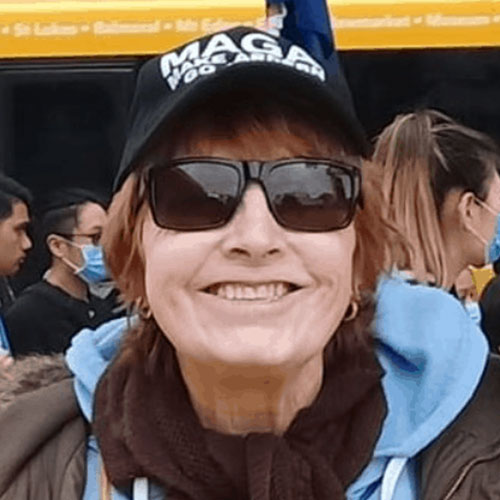
IT’S TIME TO RETHINK INDIGENOUS ‘ SOME GROUPS IDENTIFY AS INDIGENOUS BUT DO NOT CLAIM TO BEE INDIGENOUS
It’s Time to Rethink the Idea of the “Indigenous” Many groups who identify as Indigenous don’t claim to be first peoples; many who did come first don’t claim to be Indigenous. Can the concept escape its colonial past? By a News Article in the New Yorker Author Manvir Singh February 20th 2023
IDENTITY: Identity evolves. Social categories shrink or expand, become stiffer or more elastic, more specific or more abstract. What it means to be white or Black, Indian or American, able-bodied or not shifts as we tussle over language, as new groups take on those labels and others strip them away. On August 3, 1989, the Indigenous identity evolved. Moringe ole Parkipuny, a Maasai activist and a former member of the Tanzanian Parliament, spoke before the U.N. Working Group on Indigenous Populations, in Geneva—the first African ever to do so. “Our cultures and way of life are viewed as outmoded, inimical to national pride, and a hindrance to progress,” he said. As a result, pastoralists like the Maasai, along with hunter-gatherers, “suffer from common problems which characterize the plight of indigenous peoples throughout the world. The most fundamental rights to maintain our specific cultural identity and the land that constitutes the foundation of our existence as a people are not respected by the state and fellow citizens who belong to the mainstream population.”
THE MAASAI TRIBE TANZANIA: Parkipuny’s speech was the culmination of an astonishing ascent. Born in a remote village near Tanzania’s Rift Valley, he attended school after British authorities demanded that each family “contribute” a son to be educated. His grandfather urged him to flunk out, but he refused. “I already had a sense of how Maasai were being treated,” he told the anthropologist Dorothy Hodgson in 2005. “I decided I must go on.” He eventually earned an M.A. in development studies from the University of Dar es Salaam. In his master’s thesis, Parkipuny condemned the Masai Range Project, a twenty-million-dollar scheme funded by the U.S. Agency for International Development to boost livestock productivity. Naturally, then, U.S.A.I.D. was resistant when the Tanzanian government hired him to join the project. In the end, he was sent to the United States to learn about “proper ranches.” He travelled around until, one day, a Navajo man invited him to visit the Navajo Nation, the reservation in the Southwest. “I stayed with them for two weeks, and then with the Hopi for two weeks,” he told Hodgson. “It was my first introduction to the indigenous world. I was struck by the similarities of our problems.” The disrepair of the roads reminded him of the poor condition of cattle trails in Maasailand.
VOCAL ACTIVIST: Parkipuny had always thrived on confrontations with authority. Once, as a high schooler, he was nearly expelled when he burned grass (the Maasai method of bush clearing) instead of cutting it, as instructed. He later recalled that, when the headmaster threatened to hit him, he replied, “If you beat me with a stick I will get mine, because my traditions do not allow this. I ask you to give me another punishment.” This outspokenness propelled his activism. Following his American sojourn, he started to publicize the Maasai’s plight in international circles, linking it with other struggles. He met members of tribal nations in New Mexico and Canada to sharpen his understanding of Indigenous issues, and allied with the International Work Group for Indigenous Affairs, headquartered in Copenhagen.
PARKIPUNY’S COINED PHRASE ‘INDIGENOUS PEOPLE: By the time Parkipuny showed up in Geneva, the concept of “indigenous” had already undergone major transformations. The word—from the Latin indigena, meaning “native” or “sprung from the land”—has been used in English since at least 1588, when a diplomat referred to Samoyed peoples in Siberia as “Indigenæ, or people bred upon that very soil.” Like “native,” “indigenous” was used not just for people but for flora and fauna as well, suffusing the term with an air of wildness and detaching it from history and civilization. The racial flavor intensified during the colonial period until, again like “native,” “indigenous” served as a partition, distinguishing white settlers—and, in many cases, their slaves—from the non-Europeans who occupied lands before them.
INDIGENOUS PEOPLE BECAME A GLOBAL MOVEMENT: Then came the nineteen-sixties and seventies. Liberation movements flourished. In New Zealand, the Polynesian Panthers worked with the group Ngā Tamatoa to rally for Maori rights. In the United States, the Red Power movement spawned groups like the American Indian Movement and the International Indian Treaty Council. Inspired by decolonization, activists from these groups coalesced, turning indigeneity into a global identity. What linked its members was firstness. Peoples like the Maori and the Sioux are not just marginalized minorities, activists stressed; they are aboriginal nations whose land and sovereignty have been usurped. With time, however, the identity was stretched further. When Parkipuny showed up in Geneva, activists were consciously remodeling indigeneity to encompass marginalized peoples worldwide, including, with Parkipuny’s help, in Africa.
THE INDIGENOUS WORLD YEAR BOOK: Today, nearly half a billion people qualify as Indigenous. If they were a single country, it would be the world’s third most populous, behind China and India. Exactly who counts as Indigenous, however, is far from clear. A video for the U.N. Permanent Forum on Indigenous Issues begins, “They were always here—the original inhabitants.” Yet many peoples who are now considered Indigenous don’t claim to be aboriginal—the Maasai among them. According to Maasai oral histories, their ancestors arrived in Tanzania several hundred years ago from a homeland they call Kerio, likely situated near South Sudan. Conversely, being first doesn’t seem to make you Indigenous. A handful of Gaelic monks and then the Vikings were the first people to arrive in Iceland (they settled there earlier than the Maori arrived in New Zealand), yet their descendants, the Icelanders, are rarely touted as Indigenous. Farther east, modern-day Scandinavians can trace most of their ancestry to migrations occurring in 4000 and in 2500 B.C., but it’s the Sami reindeer herders, whose Siberian ancestors arrived in Scandinavia closer to 1500 B.C., who get an annual entry in the “Indigenous World” yearbook.
THE RESTORY TELLING OF INDIGENOUS CULTURES: In place of firstness, a U.N. fact sheet lists self-identification as the key criterion. This doesn’t quite work, either. It is true that some surprising candidates have gained recognition through activist self-designation, such as the Mincéirs of Ireland. (The Mincéirs, sometimes mistakenly called “Irish gypsies,” may have separated from the settled Irish population only several hundred years ago.) Other such groups have been denied recognition. In 1999, when Basters, mixed-race descendants of Khoi pastoralists and Afrikaners, read a statement at a U.N. forum about Indigenous affairs, hundreds of delegates walked out in protest. At the same time, many people are called Indigenous without their knowledge or consent. If it is neither necessary nor sufficient for the Indigenous to be indigenous, what fills the conceptual space? A natural candidate, worryingly, is primitiveness. As several recent books show, centuries of colonialism have entangled indigeneity with outdated images of simple, timeless peoples unsullied by history. In “Beyond Settler Time,” Mark Rifkin observes that popular representations freeze Indigenous peoples in “a simulacrum of pastness.” In “Prophets and Ghosts: The Story of Salvage Anthropology,” Samuel J. Redman describes how efforts to document dying Indigenous cultures often centered on a search for “an idyllic, heavily romanticized, and apparently already bygone era of uncorrupted primitive societies.”
INDIGENOUS INTELLECTUALS: The conflation of indigeneity with primitiveness can be stifling. Indigenous intellectuals—including the Lenape scholar Joanne Barker and the Maori scholar Evan Poata-Smith—write about the pressure to adopt identities that are “primordial,” “naturalistic,” and “unchanging.” Fail to do so, they say, and you risk looking inauthentic. Rather than being harmless, Barker notes in “Native Acts” (2011), such standards make it “impossible for Native peoples to narrate the historical and social complexities of cultural exchange, change, and transformation—to claim cultures and identities that are conflicted, messy, uneven, modern, technological, mixed.” Indigeneity is powerful. It can give a platform to the oppressed. It can turn local David-vs.-Goliath struggles into international campaigns. Yet there’s also something troubling about categorizing a wildly diverse array of peoples around the world within a single identity—particularly one born of an ideology of social evolutionism, crafted in white-settler states, and burdened with colonialist baggage. Can the status of “Indigenous” really be globalized without harming the people it is supposed to protect?
THE CANADIAN INDIAN BROTHERHOOD: VISIT NEW ZEALAND: Peoples in Australia, New Zealand, and North America have long sent petitions to British royalty. Two Indigenous leaders—the Haudenosaunee chief Deskaheh and the Maori prophet T. W. Rātana—even appealed to the League of Nations for recognition, in 1923 and 1924, respectively. But before the Second World War Indigenous people appealed to international audiences only as representatives of local groups. To understand the origins of a global Indigenous identity, we need to turn to the activist networks that formed in the nineteen-sixties and seventies. And this means turning to George Manuel. Born in 1921 in the Shuswap territory of British Columbia, Manuel started to think seriously about a global Indigenous identity in 1971. He was then the president of the National Indian Brotherhood, a young organization representing Canada’s two hundred and fifty thousand officially recognized “status Indians.” When the Canadian government arranged for a delegation to go to the South Pacific to learn about the Maoris’ place in New Zealand, Manuel was invited along as the representative of Canada’s Indigenous peoples.
THE COINED PHRASE ‘INDIGENOUS PEOPLES’ BECOMES A TRIBAL INFLUENCER : The start of the trip was frustrating. Like a tourist visiting North Korea, Manuel was whisked from one exhibition to another, presented with a Shangri-La fantasy of the Maori experience. Yet he was determined to escape the spectacle and, when given a chance, he invited Maori politicians and a troupe of Maori entertainers to his hotel room for an honest chat. By this point, Manuel was fluent in the politics of Canada’s First Nations. As he told the Yukon newspaper the Whitehorse Daily later that year, “We want to maintain our special status, our special rights, and we want to go deeper and find evidence to prove we have special rights as the original inhabitants.” What struck him about his unofficial tour was that the Maori were engaged in the same struggle. They, too, were an Indigenous people fighting a white Commonwealth nation for land, representation, and cultural survival: “What we are doing here in Canada is a part of a world wide movement for cultural autonomy and aboriginal rights of native people.”
FROM NEW ZEALAND TO AUSTRALIA EXPANDING WORLDWIDE:” From New Zealand, Manuel travelled to northern Australia, where he encountered even fiercer assimilation campaigns. When invited to talk to an assembly of Aboriginal students, he condemned Australian paternalism and told the students to “be proud you are dark. We have every reason to be as proud as the white man. And maybe more.” He pointed to their shared persecution: “Just as much as the Māori’s and Aborigines, the Indian people in Canada are dark people in a White Commonwealth.” The trip stirred up dreams of a conference that would set the stage for “some more lasting institution.” In October, 1975, the vision materialized. Delegates from nineteen countries—almost all in the Americas or Oceania; none from Africa or Asia—met on the Tseshaht reservation, on Vancouver Island, where they founded the World Council of Indigenous Peoples. Manuel was elected the first president. In the lead-up to the conference, attendees decided not to call themselves “Aboriginal people” and went instead with “Indigenous people,” defined partly as people “who are descendants of the earliest populations living in the area and who do not, as a group, control the national government of the countries within which they live.” The expansion of indigeneity is visible in the history of the World Council, and then in the U.N. Working Group on Indigenous Populations, which was founded in 1982, and—in part because it benefitted from more regular meetings, the resources of the U.N., and the promise of drafting international law—effectively supplanted the council. Across two decades, the working group metamorphosed from an overwhelmingly American assemblage into an international one. At its first meeting, all but one of the ten Indigenous groups represented were from the Americas; in 1984, Asians started showing up, and in 1989 Parkipuny opened the floor for Africans.
A TRANSNATIONAL IDENTITY: The process had its hiccups. The Cuban diplomat who served as a Special Rapporteur for the group in the nineteen-nineties, Miguel Alfonso Martínez, insisted that Asians and Africans could not qualify as Indigenous. Delegates felt otherwise; they sought a truly transnational identity. But, after years of debate, they decided that no objective definition was possible. Even the World Council’s stipulation that an Indigenous people didn’t control the national government wasn’t quite on target. On the one hand, the Icelanders, who haven’t been considered Indigenous, were for a period under the absolute rule of a Danish king. On the other hand, the U.N. deems the Samoans to be Indigenous, and yet they are the dominant social, cultural, and political group of Samoa.
THE UN GLOBAL INDIGENOUS PEOPLE: In a 2021 report on the “State of the World’s Indigenous Peoples,” determined that eighty-six per cent of them live in Asia, Africa, and the Pacific. Who’s entitled to the status remains a subject of contention. Among people living in Minnesota send delegates to the U.N. Permanent Forum on Indigenous Issues, in New York; Dalits in India, the Roma in Eastern Europe, and Christians in Saudi Arabia remain, for the most part, outside the circle of indigeneity. Identifying which criteria are at play is tricky, but anthropologists and social theorists like Adam Kuper and André Béteille argue that our concept of indigeneity is bound up with outdated ideas about so-called primitive peoples. The tropes persist; we have merely replaced one set of terms for another. Even if you are not aboriginal, you can count as Indigenous if you come across as simple, egalitarian, culturally encapsulated, spiritually attuned to nature, and somehow isolated from history and civilization. When Parkipuny appeared in Geneva, the Maasai were well established as emblems of “primitive” Africa. With spears, shields, and stretched earlobes, they adorned postcards, documentaries, travelogues, and coffee-table books. You’d see a stoic, ochre-coated man wearing an ostrich-feather headdress like a lion’s mane, or a woman with a shaved head staring at the camera, her neck lost amid beaded necklaces. Almost always, the Maasai were pictured draped in bold red fabric, a shocking burst of fire in landscapes of brown and green. (Photographers relieve them of their sunglasses and watches.)
INDIGENOUS PEOPLES BECAME A LUCRATIVE BUSINESS: For decades, the Tanzanian government exploited this imagery. As tourism and big-game hunting flourished, photographs of the Maasai decorated brochures and guidebooks: human scenery garnishing Africa’s untamed wilderness. At the same time, government officials sought to justify the expropriation of Maasai land for more lucrative projects, like wildlife tourism. Pastoralism and conservation were incompatible, the party line suggested; maintaining one image of wildness (the pristine, wildebeest-filled grassland) justified an attack on the other (the Stone Age cattle herder). Parkipuny reclaimed the imagery of primitivism using the language of indigeneity. Soon after returning from Geneva, he co-founded the first Maasai N.G.O., calling it Korongoro Integrated People Oriented to Conservation, or kipoc, which means “we will recover” in the Maasai language. In a document for donors, the organization explained that the “indigenous minority nationalities” in Tanzania had “maintained the fabric of their culture.” Rather than being respected, however, they were “looked down at, as backward and evolutionary relics,” and denied access to services like education. The Maasai crusade was thus “part of the global struggle of indigenous peoples to restore respect to their rights, cultural identity and to the land of their birth.”
INDIGENOUS PEOPLES AND INTERNATIONAL GROUPS: The rhetoric was effective. Two Dutch organizations promptly sent money for facilities, salaries, and operating expenses. In 1994, Parkipuny helped establish an umbrella organization, pingos (Pastoralists and Indigenous Peoples N.G.O.s) Forum, that advocated for Tanzania’s pastoralists and hunter-gatherers as Indigenous Africans. Yet, even as international groups rallied behind him, Parkipuny found growing resistance, sometimes violent, from his fellow-Tanzanians. The reason was not just his role as an advocate of Maasai interests. In the book “Being Maasai, Becoming Indigenous” (2011), Hodgson showed that another Maasai organization, Inyuat e Maa, aroused far less resistance. The domestic opposition that Parkipuny encountered partly reflected his style, which many Maasai found combative. But it also likely stemmed from his insistence on indigeneity, which was seen as promoting “tribalism”—something Tanzania wanted to avoid. Aware of events in neighboring countries like Kenya, the government feared that ethnic mobilization could invite insurgent violence and economic instability. Organizing on the basis of indigeneity hindered interethnic coalition-building, too. Other ethnic groups saw indigeneity as something the Maasai exploited to funnel money and attention toward themselves. At a pingos meeting in 2000, there were impassioned complaints that pingos, supposedly acting for all of Tanzania’s pastoralists and hunter-gatherers, was really a Maasai oligarchy. As a Maasai activist and lawyer admitted to Hodgson half a decade later, “One problem with ‘indigenous’ is that everyone who hears it thinks ‘Maasai.’ So it worked at the national level to limit rather than expand our possible alliances and collaborations.” By the time he spoke to Hodgson, he and many other Maasai activists had largely dropped the rhetoric of indigeneity: “Now we focus on building alliances with the nation, not with international actors.” Moringe Ole Parkipuny died in July 2013.
In 1971 George Manuel President of the Canadian Indian Brotherhood introduced Parkipunny’s coined phrase ‘Indigenous People’ to several Maori Politicians during his visit to New Zealand arranged by Pierre Trudeau, Justin Trudeau’s father.
LINK: https://www.newyorker.com/magazine/2023/02/27/its-time-to-rethink-the-idea-of-the-indigenous#:~:text=On%20August%203%2C%201989%2C%20the,African%20ever%20to%20do%20so.
RESEARCHER: Carol Sakey
-
-
Monday - April 8, 2024 - INDIGENOUS COMMUNITIE
(13)
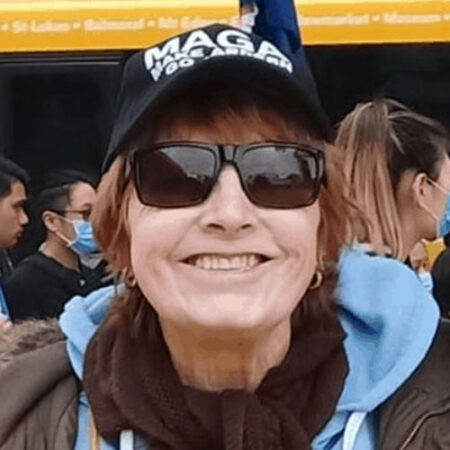
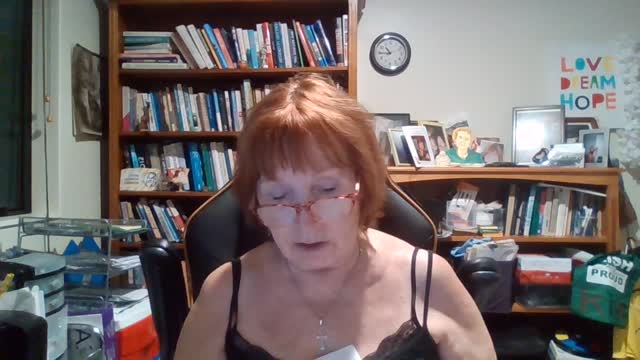
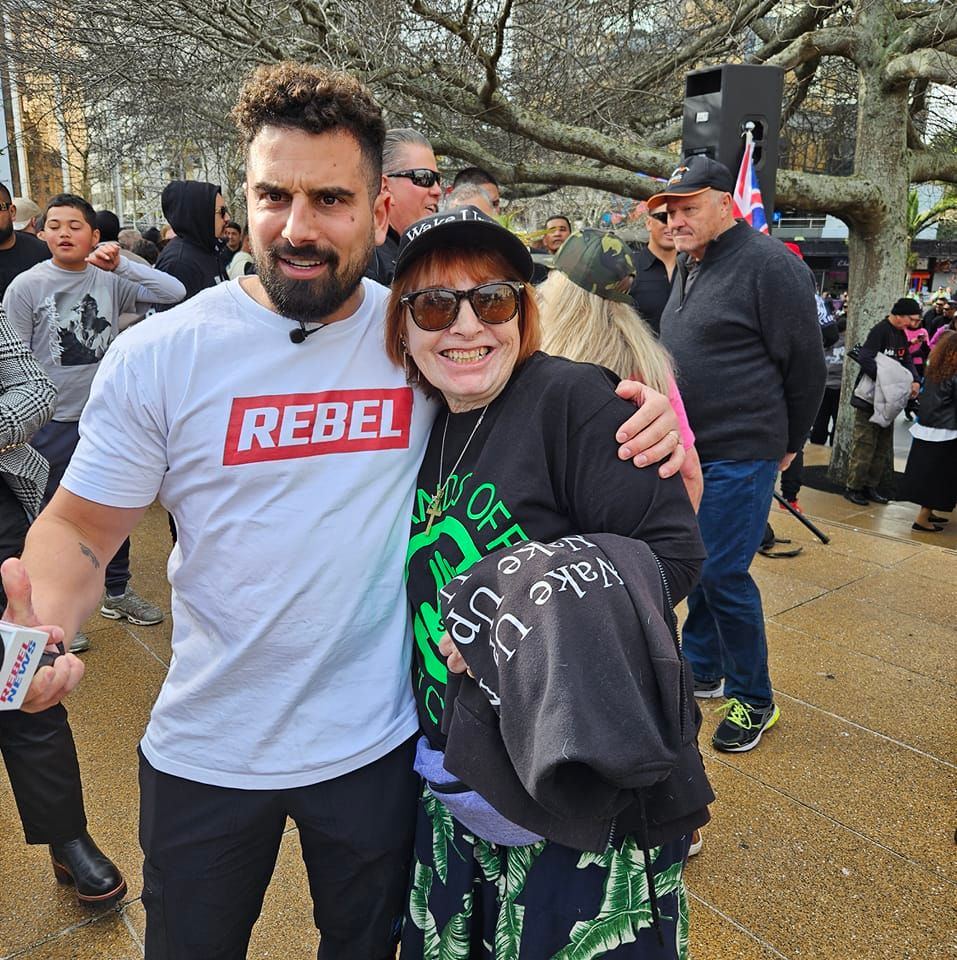
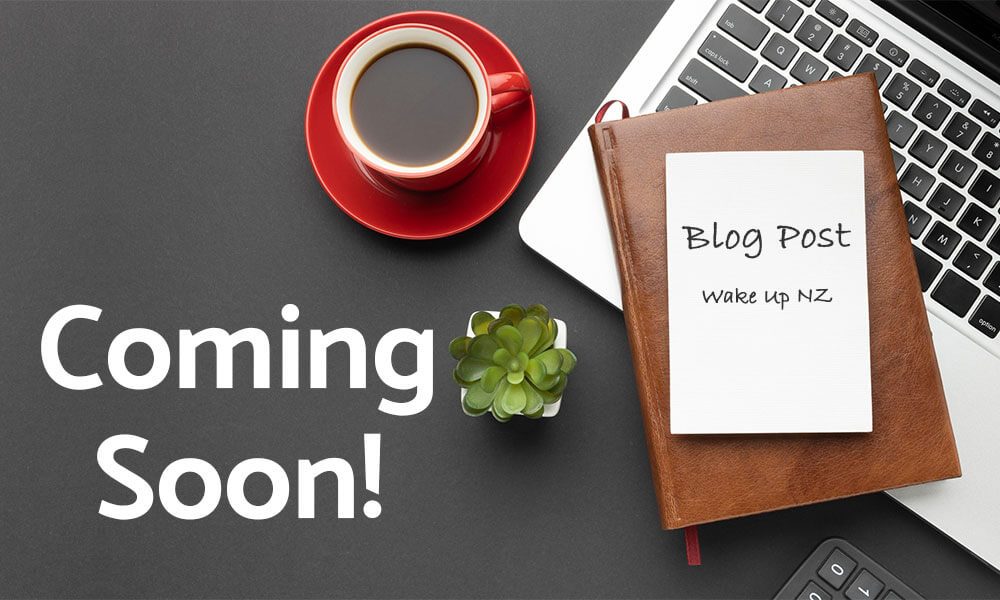

Leave a Comment